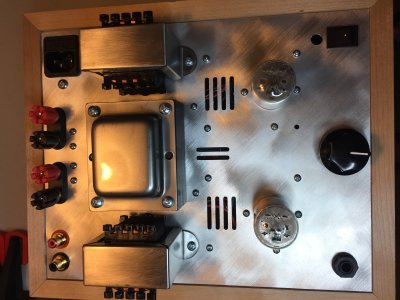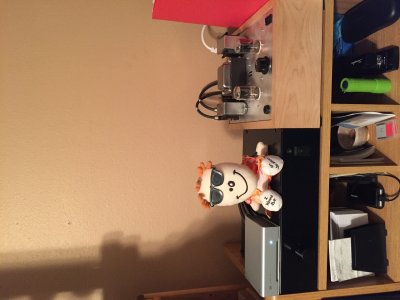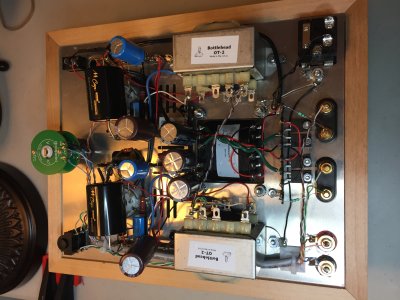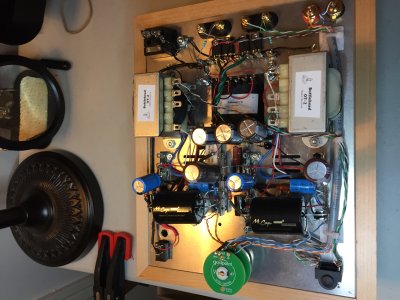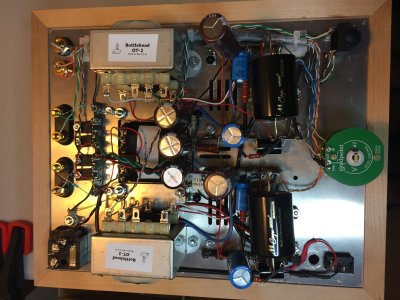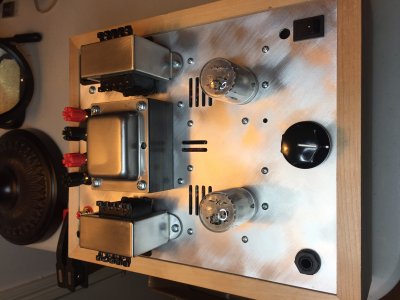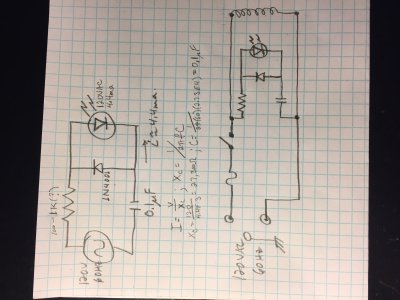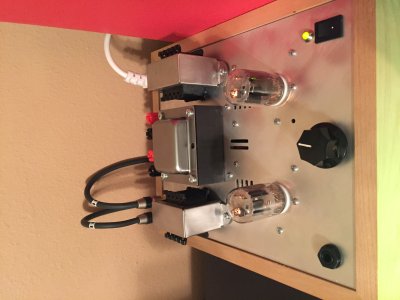Adrian
New member
Just received my S.E.X. 3.0 via UPS!
I already have a 2.1 version w/C4S in the living room listening area and wanted another S.E.X. on my desk.
The kit came with two different brands of 6FJ7: GE and Sylvania
I am currently sourcing additional 6FJ7s and what to have pairs of the same maunfacturer.
I would not be surprised to hear that GE, RCA, and perhaps Sylvania 6FJ7s are all made by the same manufacturer (probably GE).
I really don't expect any substantial sonic differences but I would like to have tubes with the same markings (if not only for appearance).
I remember reading in this forum that a given manufacturer of the 6DN7 tubes for the earlier S.E.X. versions should not be mixed with another manufacturer.
Can this be said for the 6FJ7 as well?
Just curious.
I already have a 2.1 version w/C4S in the living room listening area and wanted another S.E.X. on my desk.
The kit came with two different brands of 6FJ7: GE and Sylvania
I am currently sourcing additional 6FJ7s and what to have pairs of the same maunfacturer.
I would not be surprised to hear that GE, RCA, and perhaps Sylvania 6FJ7s are all made by the same manufacturer (probably GE).
I really don't expect any substantial sonic differences but I would like to have tubes with the same markings (if not only for appearance).
I remember reading in this forum that a given manufacturer of the 6DN7 tubes for the earlier S.E.X. versions should not be mixed with another manufacturer.
Can this be said for the 6FJ7 as well?
Just curious.

